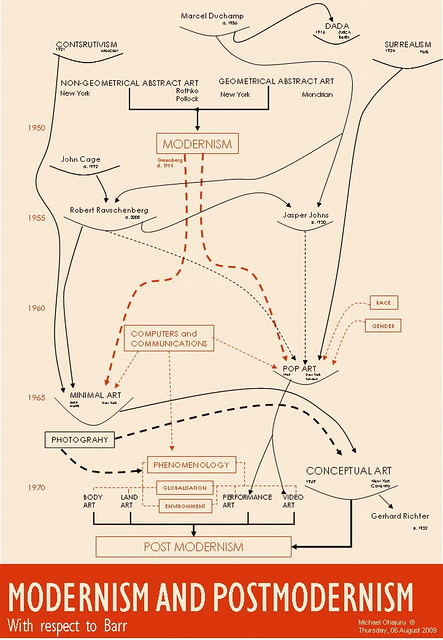What do Tate Modern’s 2008 exhibitionStreet Art , Royal Academy’s 2011 appointment of Tracey Emin as Professor of Drawing and most recently - June 2013 - the National Gallery’s Saints Alive, an exhibition of the works of Michael Landy, all have in common ?
 |
| LEFT J. Travolta DANCING Grease 1978 RIGHT R. Gervais DAD DANCING Office 2001 |
They are all the museum equivalent of DAD DANCING – venerable institutions desperate to stay hip, trendy , relevant in a world that has changed , moved on to newer, often brighter things .
 |
| LEFT Tate Modern 2013 RIGHT Tate Modern 2008 with Graffiti aka Street Art aka Urban Art |
 |
| LEFT Drawing Royal Academy collection once attributed to Michelangleo RIGHT Tracey Emin drawing She Lay Down 2011 |
 |
| LEFT From National Gallery Collection Sassetta's The Stigmitisation of St Francis 1437-8 RIGHT From Saint's Alive M. Landy's response to Sessetta's work 2013 |
I would argue they do not need to engage in
such demeaning pranks like Landy’s automatons, which not only comprise but, bring
into question the validly and relevancy of the institution and its works. And like Dad's dancing they can be very embarrassing.
In their day the works they house were, most times, at the leading edge of communications with the most challenging and provocative ideas. I believe they should never forget this and at all times respect that heritage. So,











